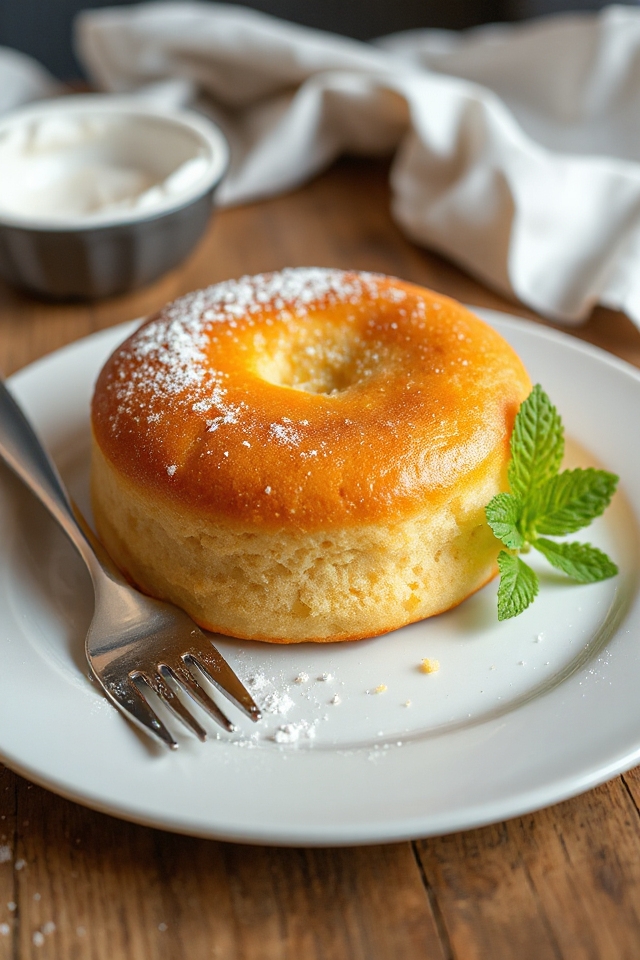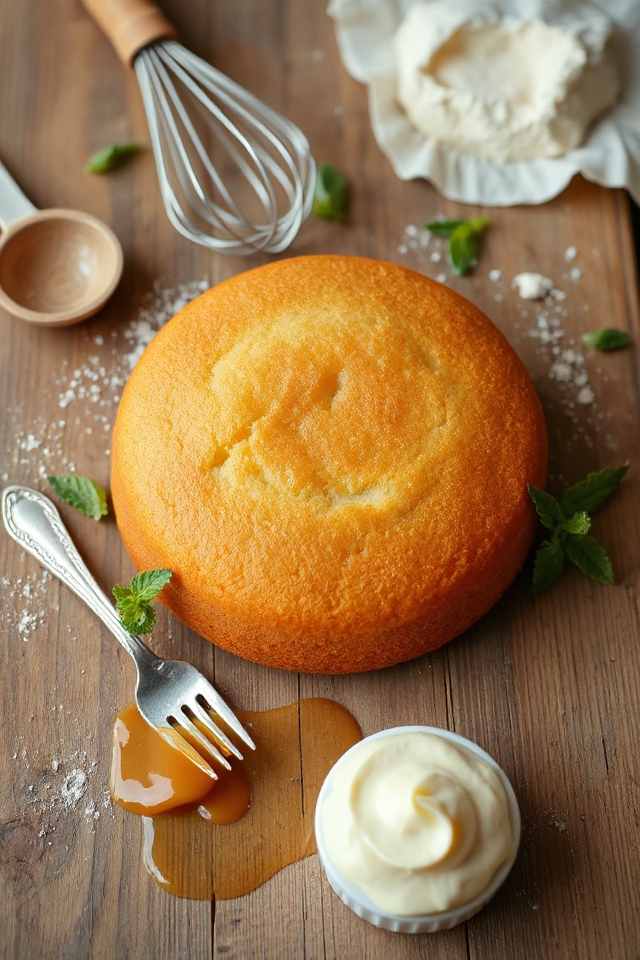Why You’ll Love this Butter Cake Recipe
If you’re looking for a cake that’s both rich and comforting, you’ll love this butter cake recipe. It’s incredibly simple to make, yet the taste is nothing short of luxurious. The buttery flavor combined with a light, fluffy texture makes it perfect for any occasion. I adore how versatile it is; you can enjoy it plain, or dress it up with frosting or fresh fruit. Plus, it fills your kitchen with a warm, inviting aroma as it bakes. Trust me, this cake will become a family favorite, and I can’t wait for you to try it!
Ingredients of Butter Cake
When it comes to baking a delicious butter cake, having the right ingredients is key. This isn’t just any cake; it’s a warm, buttery hug in dessert form. The ingredients you use can make all the difference in taste and texture, so let’s get into what you’ll need to whip up this delightful treat.
Trust me, once you have these on hand, you’re halfway to creating something truly special that will make your kitchen smell heavenly.
Here’s what you’ll need to gather for your butter cake:
- 250 g unsalted butter
- 210 g caster sugar
- 4 eggs
- 1 teaspoon vanilla essence
- 200 g self-rising flour, sifted
- 1/2 teaspoon salt
- 4 tablespoons milk
Now, a couple of things to keep in mind as you gather these ingredients. First off, using unsalted butter is essential; it allows you to control the saltiness of your cake.
If you only have salted butter on hand, just leave out the added salt in the recipe, and you should be fine.
And don’t forget about the eggs—room temperature eggs will blend more easily into the batter, making your cake fluffier.
If you’re feeling a bit adventurous, you can even switch up the vanilla essence for other flavors like almond extract or lemon zest for a unique twist.
Just imagine the possibilities; your cake could be the star of the show at any gathering!
How to Make Butter Cake

Alright, let’s explore the wonderful world of making a butter cake. It’s simpler than you might think, and trust me, the end result is worth every minute spent in the kitchen.
First things first, preheat your oven to a cozy 170°C. While that’s warming up, grab a 9-inch cake pan and grease and flour it. This is essential because we don’t want our cake to stage a dramatic escape during the baking process, right?
Now, in a large mixing bowl, take 250 g of unsalted butter and 210 g of caster sugar. This is where the magic begins—cream those two together until they’re light and fluffy. It’s like a workout for your arm, but don’t worry, the result will make it all worthwhile.
Next, crack in those 4 eggs, one at a time, making sure to beat well after each addition. It’s kind of like nurturing a friendship; you need to invest a little time and effort for it to blossom. Then, stir in a teaspoon of vanilla essence. Oh, the aroma will start to make your kitchen feel like a bakery, and I can almost hear your neighbors asking what’s cooking.
Once your mixture is fluffy and fragrant, it’s time to fold in 200 g of sifted self-rising flour and 1/2 teaspoon of salt. Take it slow and steady; you want to keep that airiness in your batter.
As you’re mixing, don’t forget to add 4 tablespoons of milk, which will help create that moist, tender crumb we all adore. After everything is well combined, pour your batter into the prepared cake pan, leveling it out and leaving a little well in the center. This step is key for ensuring your cake rises evenly—no one wants a lopsided cake that looks like it just came back from a rollercoaster ride.
Bake it for 45 to 55 minutes, and when a toothpick comes out clean, you’ll know you’ve nailed it. Just try not to hover too much; give it some space to work its magic. Soon enough, you’ll have a buttery masterpiece that’s just begging to be enjoyed.
Butter Cake Substitutions & Variations
While a classic butter cake is delicious on its own, there are plenty of substitutions and variations you can explore to make it your own.
For a lighter option, I often swap half the butter with unsweetened applesauce or Greek yogurt. Want a flavor twist? Try adding citrus zest or almond extract instead of vanilla.
You can also mix in chocolate chips, nuts, or dried fruit for added texture. If you’re gluten-free, use a gluten-free flour blend.
Don’t forget to experiment with different frostings or toppings like whipped cream or fresh berries to elevate your butter cake experience!
What to Serve with Butter Cake
After exploring some exciting substitutions and variations for butter cake, it’s time to think about what to serve alongside this delicious treat.
I love pairing my butter cake with a scoop of vanilla ice cream; the creaminess complements the cake perfectly. Fresh berries, like strawberries or blueberries, add a lovely tartness and vibrant color.
Drizzling a bit of warm chocolate sauce can elevate the experience, too. For a simple touch, a dusting of powdered sugar or a dollop of whipped cream works wonders.
Whatever you choose, these pairings will enhance the delightful flavors of your butter cake!
Additional Tips & Notes
To guarantee your butter cake turns out perfectly every time, I recommend paying close attention to the ingredients’ temperature.
Make certain your butter is softened but not melted; this helps achieve that creamy texture. Room temperature eggs incorporate better, giving your cake a light and airy feel.
Sift your flour and salt together to avoid lumps and ascertain even mixing. Don’t skip the shallow well in the batter; it promotes even rising.
Finally, keep an eye on baking time—ovens vary. Once it’s golden and a toothpick comes out clean, it’s time to remove your cake and let it cool!
